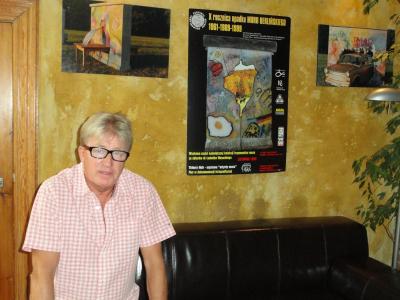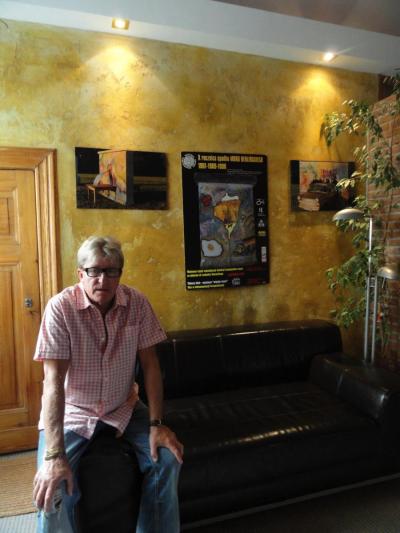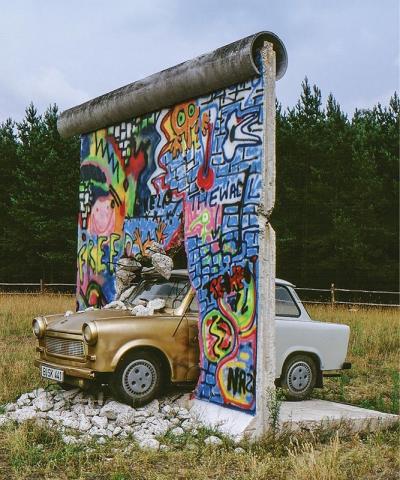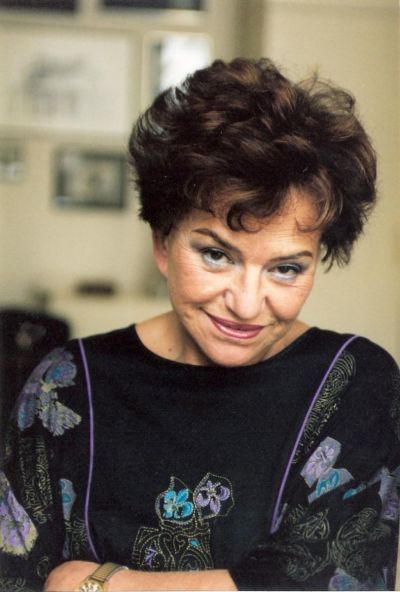The Wall Collector Ludwik Wasecki
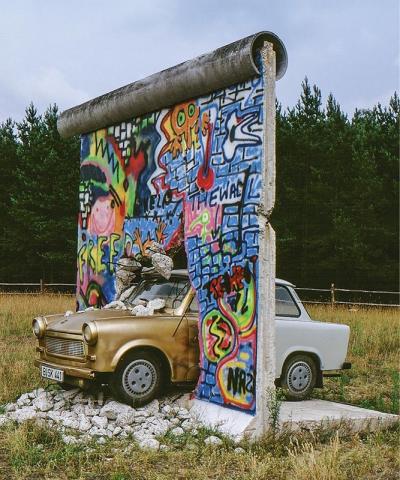
Ludwik Wasecki saw the Berlin Wall for the first time in 1965. He was passing through East Berlin and met an acquaintance from the west of the divided city. He was a little jealous of the people who lived on the other side of the Wall because he imagined life there to be much easier than in the grey, Communist Poland which was battling financial crises. Some years later in 1973, Wasecki managed to leave the country for Sweden, where he established his own family. His parents stayed in Poland. Because the Communist government of the People’s Republic of Poland refused him entry and refused to let his parents travel to Sweden, he was not able to visit his nearest and dearest in Poland. The only option was to see each other in East Berlin where his parents were allowed to travel to. So Wasecki arrived in West Berlin and travelled over to the other side of the Wall for a few hours.
In 1979, Ludwik Wasecki decided to move to West Berlin. He reminded himself that, for many of the inhabitants, the Wall did not present a great problem as long as they did not want to leave the city. The German Democratic Republic, which was hostile towards them, hermetically sealed off the entire metropolis with the 150-kilometre-long structure. The hostile attitudes towards family members from the other system were demonstrated particularly in the painstaking and interminable border controls. Which is why, upon leaving West Berlin, a city which was at the time the epitome of freedom, Wasecki constantly encountered another wall – a mental wall.
In the early morning of 10 November 1989, Ludwik Wasecki was already standing in front of the Brandenburg Gate. In his hand, he held a drill, which he had quickly taken from his dental practice after he heard about the opening of the border crossings to East Berlin on the radio. Only a few hours earlier, the Berliner on both sides of the wall had begun to storm and dismantle the concrete bastion. Wasecki joined in with them and took a small piece of the wall as a memento of the events which, shortly afterwards, would change the fate of this part of the world and contribute to the reunification of Germany. The occasion gave Wasecki the idea of telling his own story through art. In a very short time, two installations were created which, instead of elements of the original wall, used imitations made of polystyrene concrete. One of these works bears the title “Złota przyszłość” (Golden Future). It shows a Trabant breaking through the Wall. The front half of the car is painted gold. The colour symbolises the bright and shiny future and the life of luxury that linked the inhabitants of the GDR in the West. The rear of the car, according to the author, is grey like the reality in Eastern Europe at the time. A similar interpretation applies to the second installation entitled “Wilczy apetyt” (Wolf’s Hunger). The installation is an oversized fork which pierces the Wall towards the West. This artwork also unequivocally symbolises the East Germans’ yearning for a better life.
It would not have taken much for the art adventure with the fragments of the Berlin Wall to have finished there. But things turned out very differently: Wasecki photographed the two installations for himself and displayed the photos in the waiting room in his practice. One of his patients saw them and thought that Dr. Rainer Hildebrandt, the founder and director of the Wall Museum at the famous border crossing “Checkpoint Charlie”, absolutely had to see these creative works. One year later, Wasecki and Hildebrandt met and the museum director, who was excited by the idea, suggested that Wasecki create the works again but this time using original fragments of the Wall.
